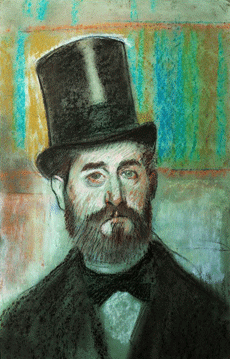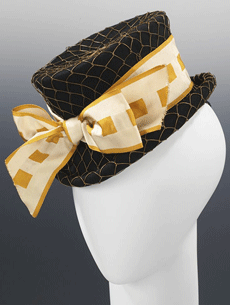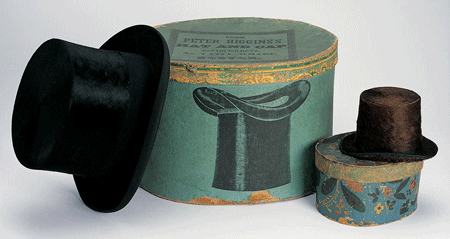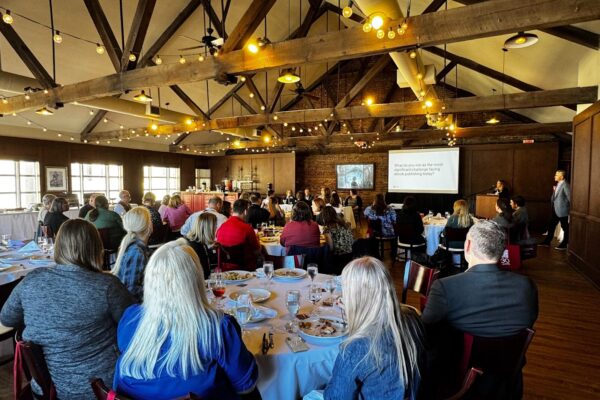
By Rachel Pollock, University of North Carolina at Chapel Hill
Artstor helps me surmount a primary difficulty in teaching historical hat-making to my graduate students in theatrical costume production: diverse visual examples of our topics.
In millinery class, we consider not only styles and materials from which hats are made, but also their history—the provenance and significance of a given style, and depictions of it in art and advertising of the period. We analyze its cultural place of origin, and discuss ways in which its meaning might be explored or subverted in the context of stage performance and costume. I am fortunate to have access to theatrical costume storage and my university’s modest archive of antique clothing artifacts for practical tangible examples, but the bounds of those collections are finite.

Thanks to the Artstor Digital Library, my students are able to view artifacts of a particular style incorporating various media across disparate institutions’ collections—for example, we may closely inspect differences between a collapsible silk faille opera topper, a glamorous but sturdy silk plush one, and a durable beaver fur felt riding version. In our own collections, we have five top hats of the 19th and early 20th centuries; the Digital Library provides access to sixteen more. We can evaluate elements like the interior maker’s marks, and compare them to examples found in the collections of renowned archives around the world. We may also consider unusual examples such as the straw top hats in the collections of the Museum of Fine Arts Boston and the Metropolitan Museum of Art, as well as practical issues of structural variations in travel cases and storage boxes for these hats.

From an analytical perspective, cultural context is important in understanding the message a hat sends to an audience, and in addition to the hats themselves, students may peruse depictions of wearers of a given hat style through contemporary art, illustrations, portraiture, advertisements, and caricature. Consider the different impression a top hat engenders when worn—the stable refinement of the hat worn in a drawing of Picasso from 1901 (private collection), compared with the rakish angles adopted by the 19th century actors whose portraits are in the collection of the University of Illinois. We may observe aesthetic variations in the height of the crown, the width of the brim, the curvature of the sideband. And what of the women’s hats which have taken the male top hat as their stylistic inspiration? What claim to masculine power (or subversion of it) does a woman assert when donning styles such as the Brooklyn Museum Collection’s early 19th century riding topper or a chic 1945 dinner top hat?
Artstor provides me the opportunity to familiarize the students with tangible examples for a range of different hat types (bonnets, cloches, fedoras, etc.) in the coming semester.



